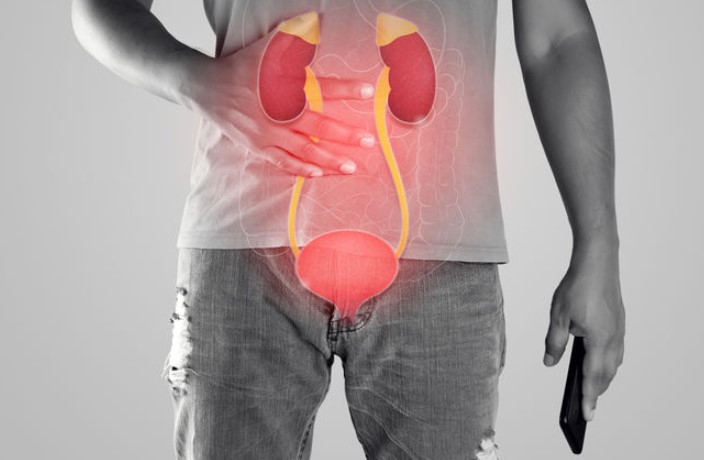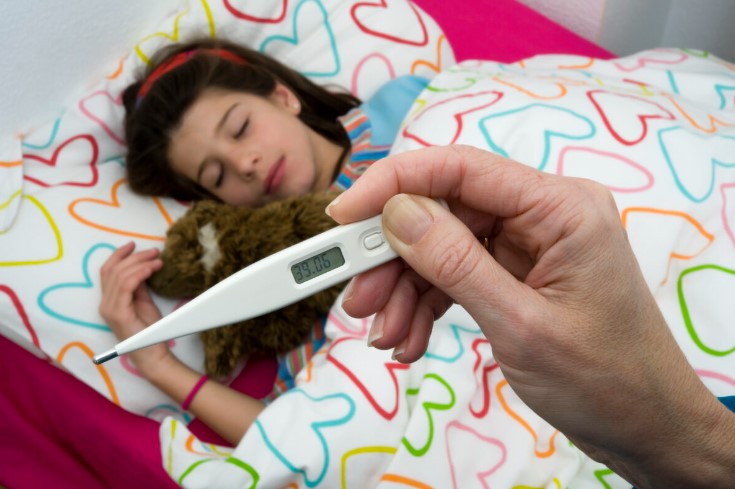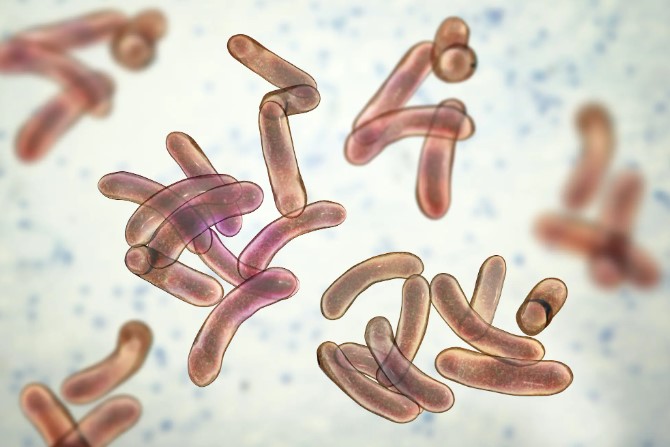
Understanding Bladder Cancer: Symptoms, Causes, and Treatments
Introduction to Bladder Cancer
Bladder cancer, a condition where malignant cells form in the tissues of the bladder, affects thousands of individuals globally each year. The bladder, a hollow organ in the lower abdomen, stores urine before it is expelled from the body. Understanding bladder cancer is crucial for early detection and treatment, potentially saving lives and improving quality of life.
Types of Bladder Cancer
Transitional Cell Carcinoma
Transitional cell carcinoma (TCC) is the most common type of bladder cancer, accounting for about 90{ca840de20a89c9df01ee67f664a5c1bef4377b6cdb5728d1ab774f0180b49f28} of cases. TCC begins in the urothelial cells that line the inside of the bladder. These cells can stretch when the bladder is full and contract when it’s empty, making them vulnerable to cancerous changes.
Squamous Cell Carcinoma
Squamous cell carcinoma is less common and is typically associated with chronic irritation or infection of the bladder. This type of cancer develops from the thin, flat squamous cells that may form in the bladder lining over time.
Adenocarcinoma
Adenocarcinoma, the rarest form of bladder cancer, originates in glandular cells that can develop in the bladder lining. These cells are more commonly found in other parts of the body, making adenocarcinoma unique among bladder cancers.
Symptoms of Bladder Cancer
Early Signs
Early symptoms of bladder cancer can often be mistaken for less serious conditions. The most common early sign is hematuria, or blood in the urine, which can cause the urine to appear red or brown. Other early symptoms include frequent urination, pain during urination, and a feeling of urgency even when the bladder is not full.
Advanced Symptoms
As bladder cancer progresses, symptoms may become more severe. These can include lower back pain, inability to urinate, loss of appetite, weight loss, and fatigue. Advanced bladder cancer can also lead to swelling in the legs and pain in the pelvic area.
Causes and Risk Factors
Genetic Factors
Certain genetic mutations can increase the risk of developing bladder cancer. For example, mutations in the FGFR3, TP53, and RB1 genes are linked to higher susceptibility. A family history of bladder cancer can also raise an individual’s risk.
Lifestyle and Environmental Factors
Smoking is the leading risk factor for bladder cancer, as tobacco smoke contains harmful chemicals that accumulate in the urine and damage the bladder lining. Occupational exposure to certain chemicals used in the dye, rubber, leather, and paint industries can also elevate risk. Additionally, chronic bladder infections and prolonged use of urinary catheters are significant contributors.
Other Medical Conditions
People with a history of bladder infections, bladder stones, or other urinary tract issues may have an increased risk of bladder cancer. Furthermore, certain medications and treatments, such as the chemotherapy drug cyclophosphamide and radiation therapy aimed at the pelvic region, have been linked to a higher incidence of bladder cancer.
Diagnosis of Bladder Cancer
Initial Consultation and Medical History
The diagnostic process begins with a thorough medical history and physical examination. Your doctor will ask about symptoms, lifestyle factors, and any family history of cancer.
Diagnostic Tests and Procedures
Several tests are used to diagnose bladder cancer, including:
- Urinalysis: Examines urine for traces of blood, cancer cells, and other abnormalities.
- Cystoscopy: A thin tube with a camera is inserted into the bladder to visually inspect for tumors.
- Biopsy: Tissue samples are taken during cystoscopy and examined for cancer cells.
- Imaging Tests: CT scans, MRI, and ultrasound help determine the extent and location of the cancer.
Stages of Bladder Cancer
Stage 0 to Stage IV
Bladder cancer is staged from 0 to IV, based on the extent of tumor spread:
- Stage 0: Cancer cells are found on the surface of the bladder lining.
- Stage I: Cancer has invaded the bladder lining but not the muscle layer.
- Stage II: Cancer has spread into the muscle layer.
- Stage III: Cancer has reached the outer layer of the bladder and possibly surrounding tissues.
- Stage IV: Cancer has spread to nearby organs or distant parts of the body.
How Staging Affects Treatment Options
The stage of bladder cancer significantly influences treatment options. Early-stage cancers (Stages 0 and I) may be treated with less invasive methods, such as surgery or intravesical therapy, while advanced stages (III and IV) often require a combination of treatments, including systemic chemotherapy and radiation.
Treatment Options for Bladder Cancer
Surgery
Surgery is a common treatment for bladder cancer, with several approaches based on the cancer’s stage and location.
- Transurethral Resection (TURBT): Removes tumors from the bladder lining using a cystoscope.
- Cystectomy: Partial or complete removal of the bladder. In a radical cystectomy, nearby lymph nodes and organs may also be removed.
Chemotherapy
Chemotherapy uses drugs to kill cancer cells or stop them from growing. It can be administered before surgery (neoadjuvant) to shrink tumors or after surgery (adjuvant) to eliminate remaining cancer cells.
Radiation Therapy
Radiation therapy uses high-energy beams to destroy cancer cells. It can be an alternative to surgery for patients who are not surgical candidates or used in combination with other treatments.
Immunotherapy
Immunotherapy boosts the body’s immune system to fight cancer. Bacillus Calmette-Guerin (BCG) is a common immunotherapy for bladder cancer, delivered directly into the bladder to stimulate an immune response against cancer cells.
Coping with Bladder Cancer
Emotional and Psychological Support
A bladder cancer diagnosis can be emotionally challenging. It’s essential to seek support from mental health professionals, counselors, or support groups to navigate the emotional aspects of the disease.
Support Groups and Resources
Connecting with others who have faced bladder cancer can provide comfort and practical advice. Many organizations offer support groups, online forums, and educational resources to help patients and their families.
Prevention of Bladder Cancer
Lifestyle Changes
Making healthy lifestyle choices can reduce the risk of bladder cancer. Quitting smoking, avoiding exposure to harmful chemicals, and maintaining a healthy diet are critical steps.
Regular Screenings
For individuals at high risk, regular screenings can help detect bladder cancer early when it’s most treatable. Discuss with your healthcare provider about the benefits and frequency of screenings.
Living with Bladder Cancer
Managing Side Effects
Treatment for bladder cancer can cause side effects such as fatigue, nausea, and urinary issues. Managing these side effects with the help of your healthcare team can improve your quality of life during and after treatment.
Follow-up Care
Regular follow-up appointments are crucial to monitor for cancer recurrence and manage any long-term effects of treatment. Your doctor will develop a personalized follow-up plan based on your specific needs.
Advancements in Bladder Cancer Research
New Treatments and Clinical Trials
Ongoing research continues to explore new treatments for bladder cancer. Clinical trials offer access to cutting-edge therapies that may be more effective or have fewer side effects than standard treatments.
Future Directions
Future research aims to develop targeted therapies and personalized medicine approaches, improving outcomes for bladder cancer patients. Advances in genetic and molecular research hold promise for more precise and effective treatments.
Bladder Cancer in Special Populations
Bladder Cancer in Men vs. Women
Bladder cancer is more common in men than women, but women often experience a delay in diagnosis, leading to more advanced stages at discovery. Awareness of symptoms and early screening are vital for both genders.
Bladder Cancer in the Elderly
Bladder cancer is predominantly diagnosed in older adults. Treatment decisions for elderly patients should consider overall health, comorbidities, and personal preferences to ensure the best quality of life.
Myths and Misconceptions about Bladder Cancer
Debunking Common Myths
Misconceptions about bladder cancer can hinder prevention and treatment efforts. Common myths include the belief that bladder cancer only affects smokers or that it is always fatal. In reality, many factors contribute to bladder cancer risk, and early detection significantly improves survival rates.
Facts You Need to Know
Understanding the facts about bladder cancer empowers individuals to take proactive steps in prevention, early detection, and treatment. Educating yourself and others can lead to better outcomes and support for those affected.
FAQs about Bladder Cancer
- What are the main symptoms of bladder cancer?
- The main symptoms include blood in the urine, frequent urination, pain during urination, and lower back pain.
- How is bladder cancer diagnosed?
- Diagnosis involves a combination of urinalysis, cystoscopy, biopsy, and imaging tests such as CT scans and MRIs.
- Can bladder cancer be prevented?
- While not all cases can be prevented, risk can be reduced by avoiding smoking, limiting exposure to harmful chemicals, and maintaining a healthy lifestyle.
-
What are the treatment options for bladder cancer?
- Treatment options include surgery, chemotherapy, radiation therapy, and immunotherapy, depending on the stage and type of bladder cancer.
You May Also Like

Bladder Prolapse
August 1, 2024
Mental Health: Nurturing Wellness and Balance in Life
August 5, 2023
